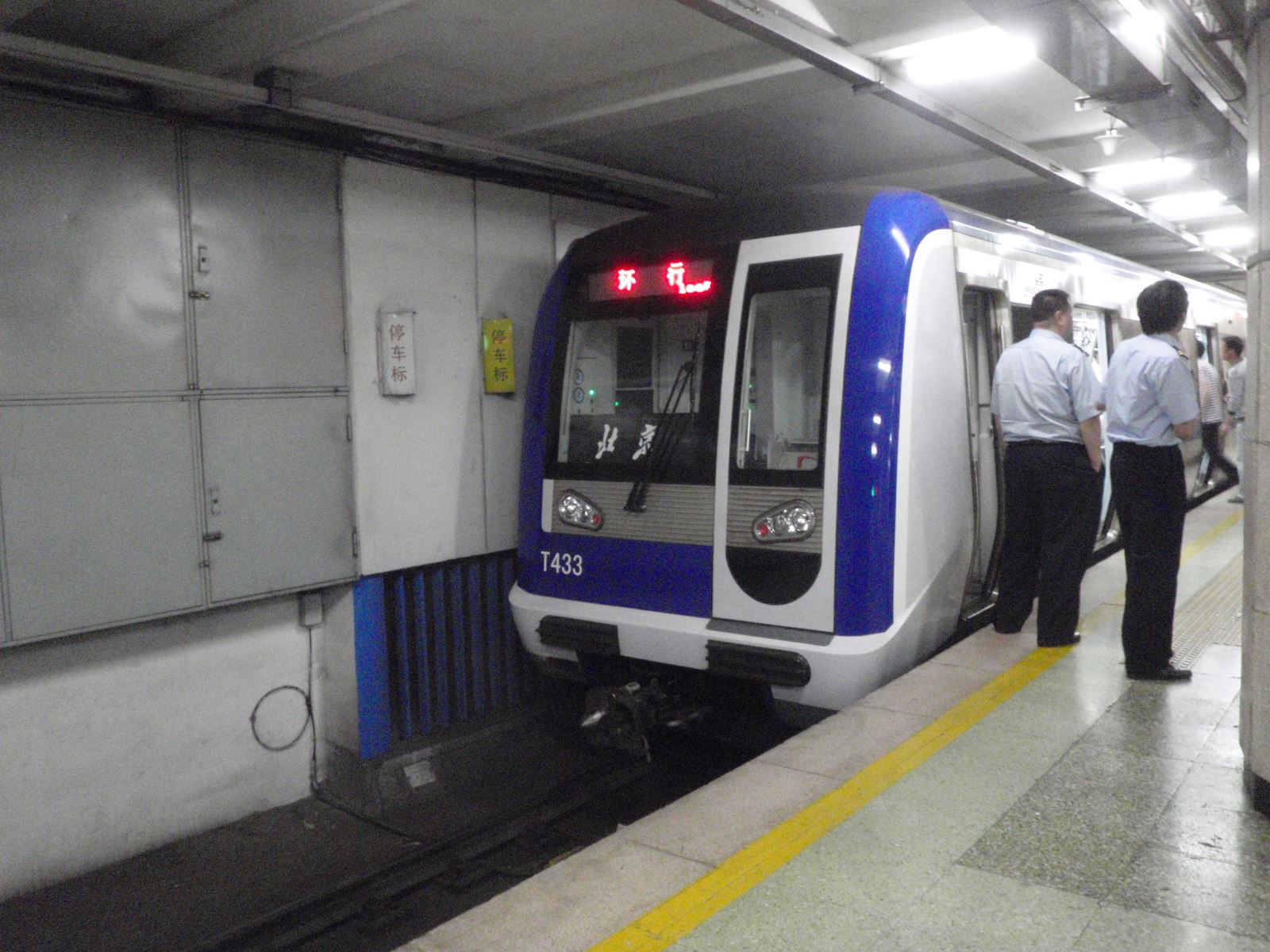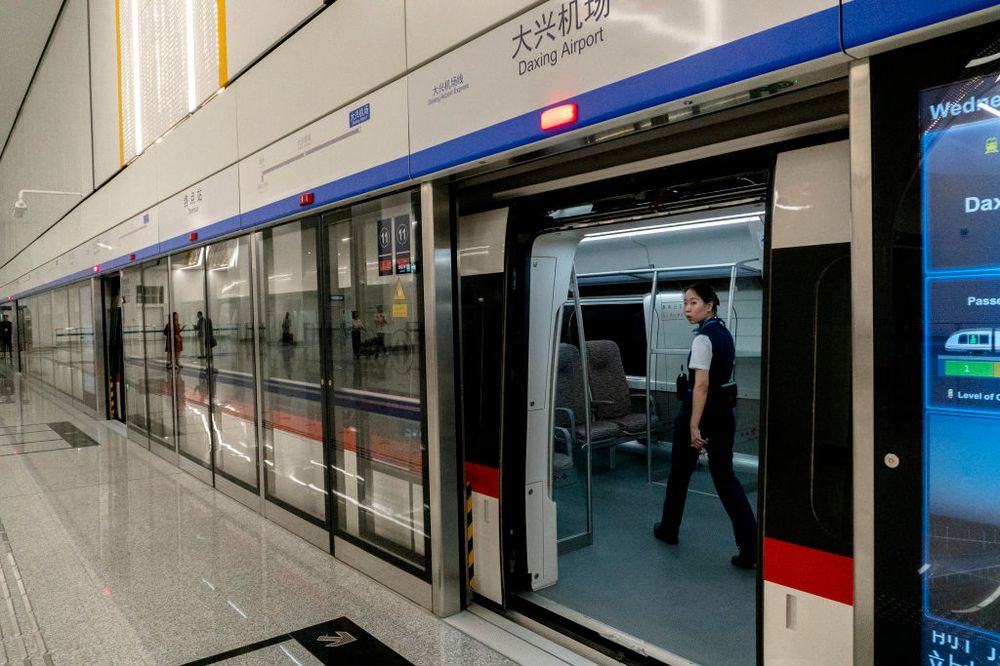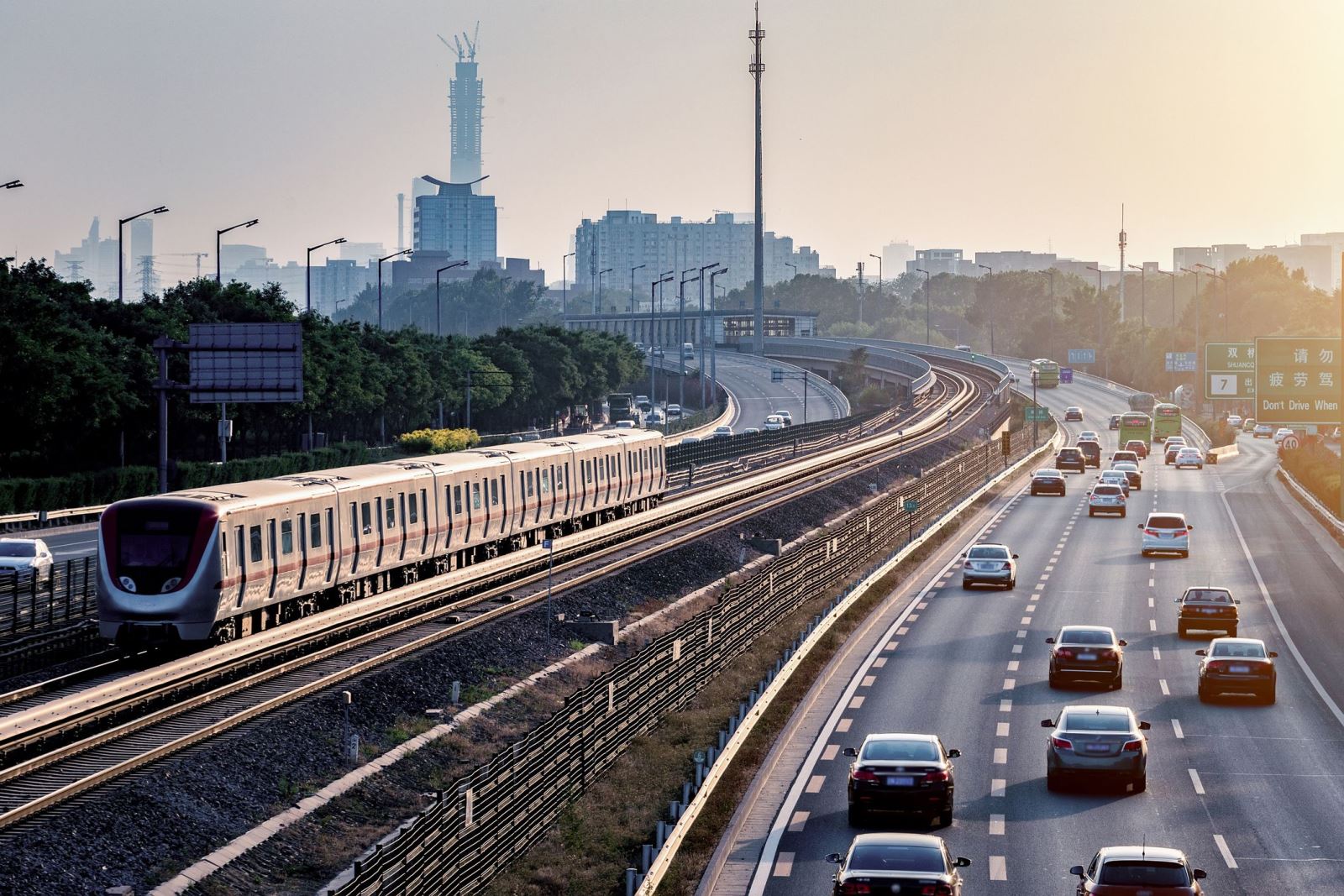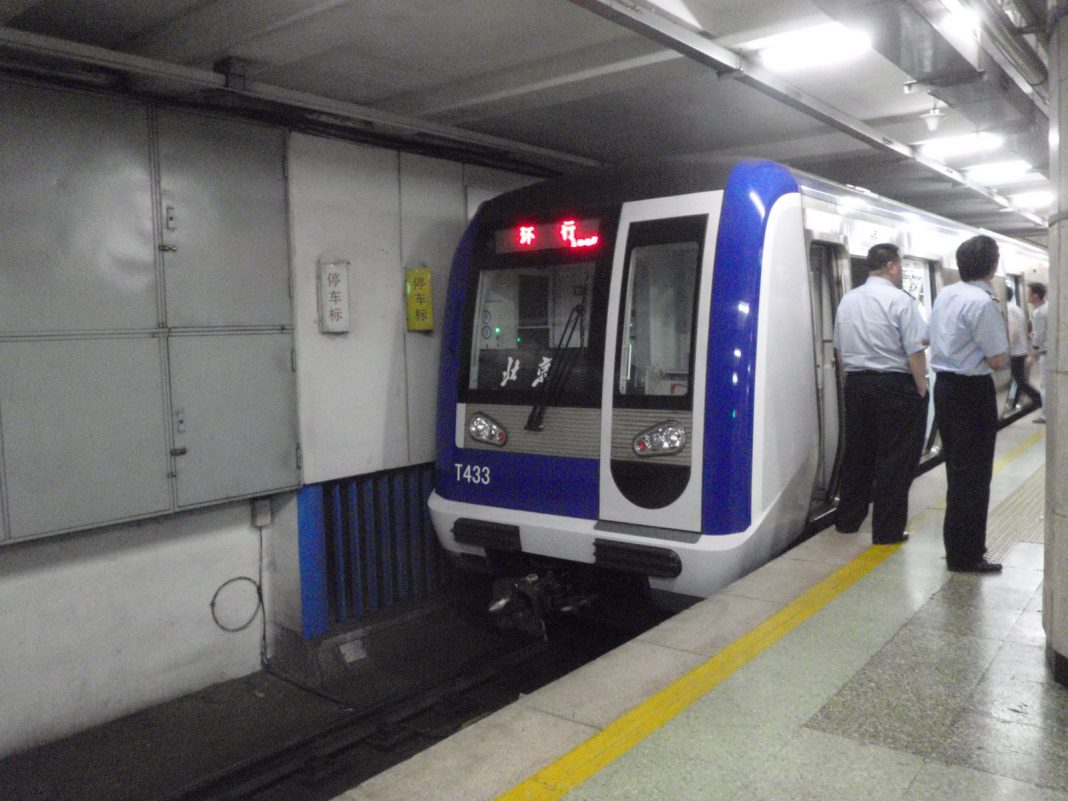The Beijing Subway is the rapid transit system of Beijing Municipality that consists of 24 lines including 19 rapid transit lines, two airport rail links, one maglev line and 2 light rail lines, and 428 stations.

.jpg) The rail network extends 727 km (452 mi) across 12 urban and suburban districts of Beijing and into one district of Langfang in neighboring Hebei province. With 3.8484 billion trips delivered in 2018, an average of 10.544 million trips per day, the Beijing Subway is the world’s busiest metro system. Single-day ridership set a record of 13.7538 million on July 12, 2019.
The rail network extends 727 km (452 mi) across 12 urban and suburban districts of Beijing and into one district of Langfang in neighboring Hebei province. With 3.8484 billion trips delivered in 2018, an average of 10.544 million trips per day, the Beijing Subway is the world’s busiest metro system. Single-day ridership set a record of 13.7538 million on July 12, 2019..jpg)
 The Beijing Subway opened in 1971 and is the oldest metro system in mainland China and on the mainland of East Asia. Before the system began its rapid expansion in 2002, the subway had only two lines. Until now, it has been the largest metro network in the world.
The Beijing Subway opened in 1971 and is the oldest metro system in mainland China and on the mainland of East Asia. Before the system began its rapid expansion in 2002, the subway had only two lines. Until now, it has been the largest metro network in the world.
.jpg)
 The existing network still cannot adequately meet the city’s mass transit needs. Beijing Subway’s extensive expansion plans call for 998.5 km (620.4 mi) of lines serving a projected 18.5 million trips every day by 2021. The most recent expansion came into effect on December 31, 2020, with the extensions of Line 16 and Fangshan line.
The existing network still cannot adequately meet the city’s mass transit needs. Beijing Subway’s extensive expansion plans call for 998.5 km (620.4 mi) of lines serving a projected 18.5 million trips every day by 2021. The most recent expansion came into effect on December 31, 2020, with the extensions of Line 16 and Fangshan line.
















